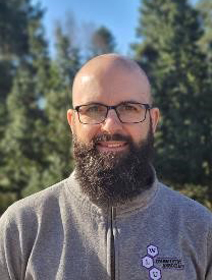About Prof Snieckus
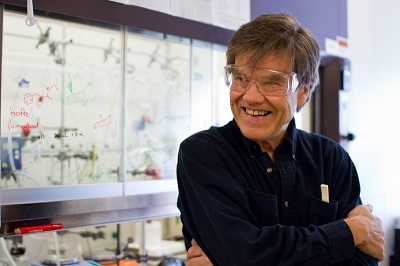
Victor Snieckus's Bio
Bio Who Was Prof Snieckus
Victor Snieckus was born in Kaunas, Lithuania on August 1, 1937, his father–a Lithuanian, and his mother–an Estonian. World War II forced the family to flee their homeland. Evading capture by both the Nazis and Soviets, they finally ended up safely in a displaced persons camp in Germany, where Victor spent his youth. After immigrating to Canada, Victor obtained his B.Sc. degree from the University of Alberta in 1959, followed by his M.Sc. from Berkeley in 1961 under the guidance of Professor D.S. Noyce.
He obtained his Ph.D. in 1965 from the University of Oregon under the guidance of Professor V. Boekelheide, and afterwards pursued a post doctoral fellowship with Professor O.E. Edwards at the National Research Council in Ottawa. In 1967, Victor joined the University of Waterloo becoming an associate professor in 1971, and a full professor in 1979 before earning the Monsanto/NRC Research Chair in 1992. While at Waterloo, he made famous the Directed ortho Metalation (DoM) reaction, which has been applied to the synthesis of natural products, pharmaceutical drugs and agricultural products around the world. Queen’s University in Kingston, Ontario became Victor’s new home in 1998, where he assumed the Alfred Bader Chair of Chemistry. He became emeritus in 2009 and founded a chemical synthesis research company, Snieckus Innovations. Throughout his career, Victor was always on the move, either consulting for pharmaceutical and agricultural companies, or being keynote speaker at international organic chemistry conferences. He became a Fellow of the Royal Society of Canada in 1993, a Fellow of the Lithuanian Academy of Sciences in 1999, and a Fellow of the American Chemical Society in 2009. He served as an editor for a variety of academic journals, most notably Synthesis and Synlett, was the president of the International Society of Heterocyclic Chemistry in 1985, and chaired the American Chemical Society’s Organic Division from 1989–90.
Victor was a true Balt at heart, and he often quoted from Czesław Miłosz’s The Issa Valley, a novel and memoir of the Nobel laureate’s boyhood in pastoral Lithuania. Notwithstanding his Baltic heritage, Victor was also a proud Canadian, always inserting a slide or two during his lectures about Canadian geography, culture, and of course—endless snow! He himself actively participated in the country’s favorite sport–ice hockey and somehow managed to keep all of his front teeth. Victor always enjoyed having a beer in the company of good friends after a full day of consulting or conference lectures. He was also an aficionado of jazz, and if there was a jazz concert in town that evening, you better take him there!
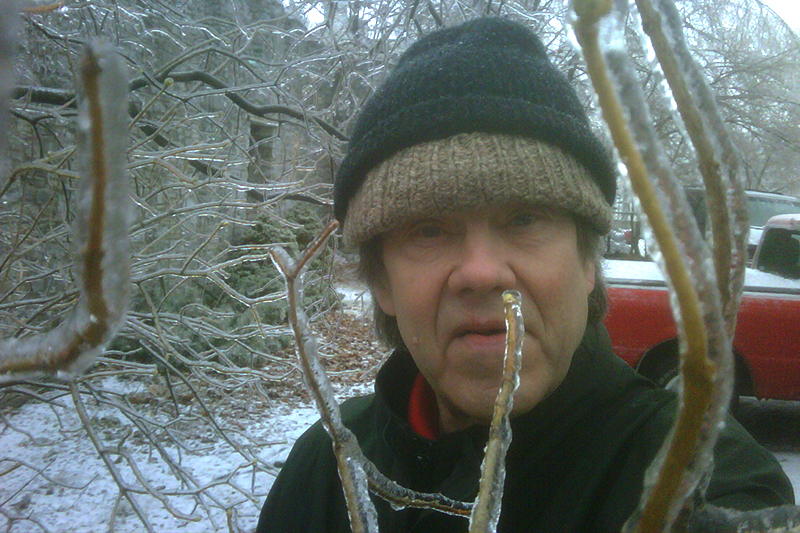
Victor loved life and loved people, characteristics he shared with his extraordinary wife Anne Snieckus. If you were part of the Snieckus group, that meant you would also be part of his family, Anne, Darius and Naomi. Vic’s wife, Anne had an endless supply of generosity and hospitality for all his students. Hosting many student parties at the Snieckus residence. She was an integral part of welcoming all the international students to Canada, finding them accommodations, care for their children and making them feel like not only did they have support system bu their wives, husbands and children did too. Anne and Vic were community leaders.
Vic took a keen interest in every person that he met, whether undergraduate students at conference poster sessions, Ph.D.s at industry consulting sessions, or Nobel laureates whom he hosted at Balticum Organicum Syntheticum. He was extremely thoughtful, bringing unique Canadian gifts and the famous “Snieckus Research Group” T-shirts to conference organizers, participants, and even Baltic presidents! He took the utmost care in writing invitation letters to conference speakers, addressing them in their own native language, being fluent in so many of them including those of his ancestry. He always traveled lightly with only one black leather shoulder bag, and how all his clothes and gifts fit into it will forever remain his secret. He especially enjoyed introducing conference speakers and wrapping up conferences with hilariously entertaining and memorable photo-shopped slides. It was that personal touch for which Victor will always be remembered.
Milestones
- Born in Kaunas, Lithuania - August 1, 1937
- Immigrated to Canada - 1948
- Completed B.Sc. degree (University of Alberta) - 1959
- Completed M.Sc. degree (with D. S. Noyce, Berkeley) - 1961
- Completed Ph.D. degree (with V. Boekelheide, Oregon) - 1965
- Completed postdoctoral work (with O. E. Edwards, NRC, Ottawa) - 1965-67
- Began assistant professor position at the University of Waterloo - 1967
- Promoted to associate professor with tenure at the University of Waterloo - 1971
- Promoted to full professor at the University of Waterloo - 1979
- Served as president of the International Society of Heterocyclic Chemistry - 1985
- Assumed the Monsanto/NRC research chair - 1992
- Became Fellow of the Royal Society of Canada - 1993
- Assumed the Alfred Bader Chair of Chemistry, Queen’s University - 1998
- Became Fellow of the Lithuanian Academy of Sciences - 1999
- Co-organized the first Balticum Organicum Syntheticum (at Vilnius University) - 2000
- Became a Fellow of the American Chemical Society - 2009
- Became emeritus professor and founded Snieckus Innovations - 2009
From his daughter, Naomi Snieckus
memory Curious Kind Adventurous Community
For some of you who have found this site, this fellowship, and don’t know who Victor Snieckus is – let me tell you. He was a chemist, a father, a husband, a son, a hockey player, a skier, a jogger, a wine lover, a jazz enthusiast, a community leader, a pen-holster wearer, a Lithuanian, a Canadian, a scamp, a provocateur, a generous heart… he was all these things and wasn’t one thing. He was one of a kind.
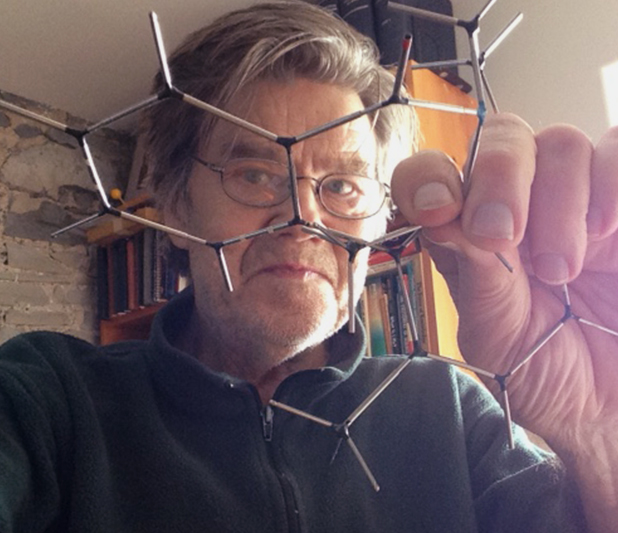
The one thing we can all agree on is that my father loved his work. It was his life’s passion not only to create exciting work in the lab but to see others excel in chemistry too. I would be lying if I said I wasn’t jealous of chemistry as it often took my father away from me as he traveled internationally teaching, lecturing, inspiring other chemists. But I will also say that I grew to admire that dedication to his work and to his students. He would come home glowing after a discovery was made in the lab, or after a student had defended their thesis remarkably. That taught me how important it is to do what you love and it would never seem like “work”.
My father was curious. About science, yes, but also about others. It was typical for him to come to one of my events and I would turn my back for 3 minutes and he’d not only found the ONLY Lithuanian in the room but he’d found out about their work, their life, their passions. This kindness, this generosity wasn’t just for his world of chemistry. It extended to the dishwashers, the movers, the actors, the musicians. OH, how he loved musicians, many a time yelling out requests to Jazz trios “play Waltz for Debbie!”, one of my mother’s favorites.
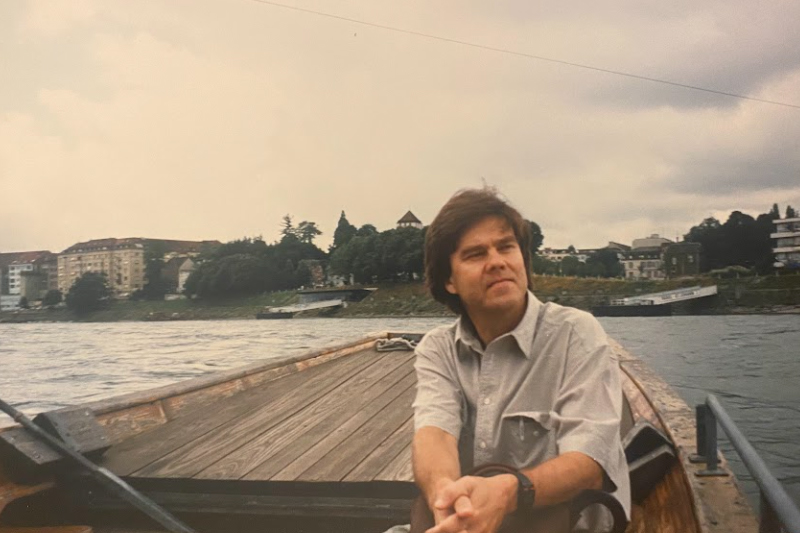
As I grew up I realized that his students were my aunts, my uncles – and now as we build this fellowship, the team that has fueled this incredible movement forward has become my family. That was what his students were too. His family. Most Christmases and some birthdays were shared with students from out of the country that didn’t have anywhere to go. My husband Matt and I joined him for several student parties including one memorable Christmas party where he insisted on each student presenting what they were working on in the lab with us both. Let me be clear, I dropped my sciences in grade 11, I became an actor. This was a bit of a nightmare for me. Ha! But we laughed at the absurdity of it all and once the students had all finished presenting he asked Matt and I to not only give them critiques (!) but present what we were working on as improvisers, artists, as writers. That student party will go down in history as the time a bunch of chemistry students learned “yes and…!”
He was forthright. It was typical for him to halt a conversation and demand everyone at the table to give their opinion about Climate Change or God! If there was a student leaving the group, he would go around and get everyone’s opinion of that student. He was bossy but he did it with such pure love, kindness, curiosity, no one could fault him for it.
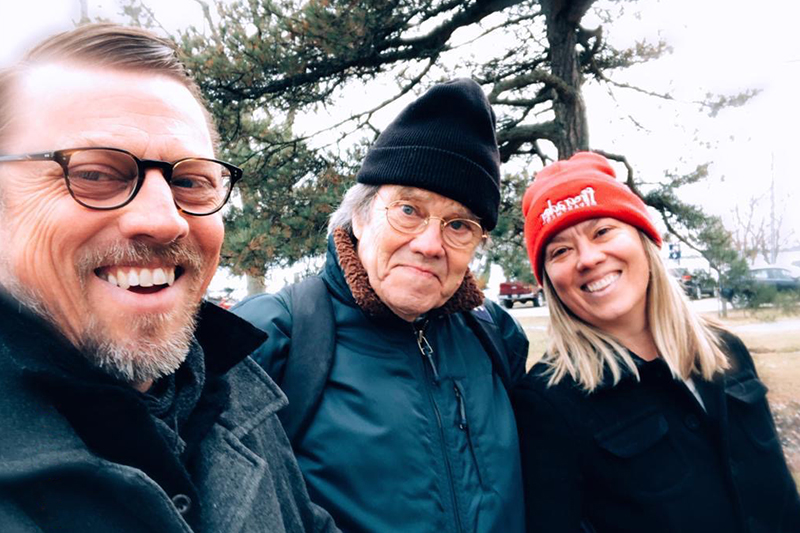
As a father, he put opportunities in front of my brother Darius and me to expand our knowledge, to explore even glimmers of areas we were interested in. We got microscopes for presents, books on capturing fingerprints, or “how to grow mold”! Truly, only the kid of a chemist could get a book like that for her 14th birthday! He would carry books of my brother’s poetry with him at all times and gift them to many of his colleagues. Always making time to stop over to see my brother and his family when they lived in the UK along his travels. He loved his grandchildren Noah and Sunniva and would watch them with fascination when they would discover new things in the world. He would crave time with them alone to find out what they cared about, being sure to introduce them to jazz, to science, to things he loved.
I wouldn’t say my parents’ relationship was uncomplicated, but they found a way of partnering in their life together. She was vital in welcoming many of his international students to Canada, finding them places to live and making them feel like they instantly had a community, a family when they arrived. They were an amazing team in that way. When my mum got dementia in the later part of her life, we moved her to be close to him in Kingston where he visited her every day religiously, dancing with her when he could, reading to her when that helped and patiently feeding her dinner. He wouldn’t leave her side until he could see she was calm and felt loved. To watch my parents step into that stage of their relationship was nothing short of extraordinary and I will cherish the image of my father holding my mum in a pool for hours, smiling and laughing, when my husband and I took them to Mexico.
He spoke from his heart. My father could come off an intense Skype meeting – he’d take a deep breath and then look around and say how grateful he was for what he was surrounded by. He was a man that could talk chemistry ALL day…and into the night – over good wine or Zubrowka – and then wake up at 5am for his morning run, followed by journaling and back to chemistry. He taught me that if you love what you do, you’ll never work a day in your life. He also taught me that weekends didn’t mean work stopped – ha!
This fellowship is more than just an opportunity for his passion for chemistry to live on. It’s a chance to remind chemists/scientists that there is more to chemistry than what happens in the lab. There is the camaraderie, the family, the community that happens outside so that when you ARE in the lab (which should be as much as possible) you are surrounded by your people, your family. People will think of my father when they see road hockey, when they hear Bill Evans, when they drink wine, when they see a pen holder on a belt, when they see shoes that have been worn through to the ground, when they see a clever science pun – when they have vibrant discussions that ignite and inspire action and reactions. Although he is no longer with us, I know his habits, his passion, his heart continue through many of us.
The people behind the foundation
The Victor Snieckus Foundation is composed of family and former Snieckus Group students and post-docs. We have been focused on getting this Foundation in place, and identifying external referees who are national and international prominent faculty to help decide the recipients. We, like Arshad, have had our lives shaped by Vic and being in his research group and wish to do our part to help put Arshad’s dream into reality. First and foremost is family, Vic’s daughter Naomi. Several of us are former students originating from different parts of Canada and whose tenure in the Snieckus Group covers a large time frame and at both Waterloo and Kingston. We also have a post-doctoral fellow to complete the quorum. After our time in the group, Vic sent us out into the world where we now work in academia and industry.
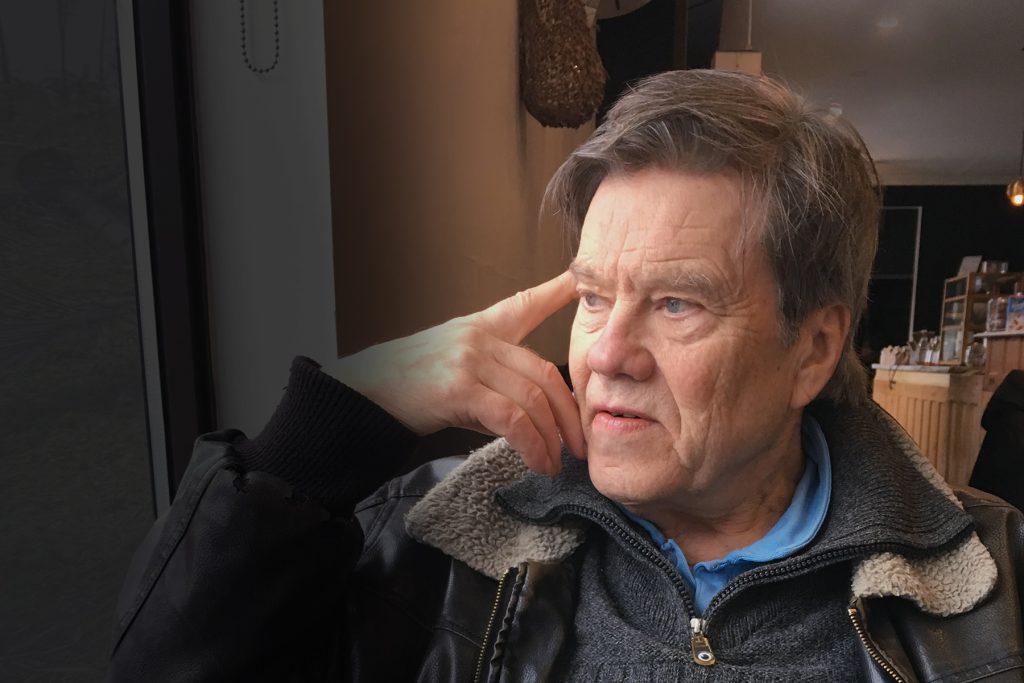
The chemistry starts with a strong base in a group of heteroatoms, coordinates the lithium complexes, acidifies the hydrogen, then causes a deprotonation event that yields lithiation.
- Victor Snieckus
The people behind the foundation
The Victor Snieckus Foundation is a registered charity and is governed by a Board of Directors
(registration #709076004)
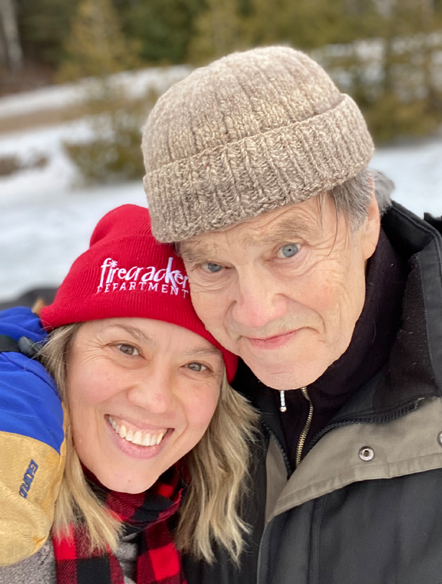
Naomi Snieckus
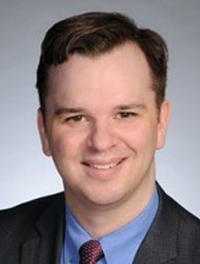
Christopher Kendall
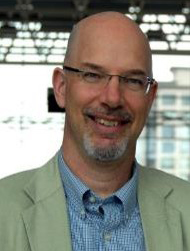
Brian Chapell
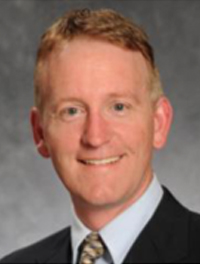
Claude Quesnelle
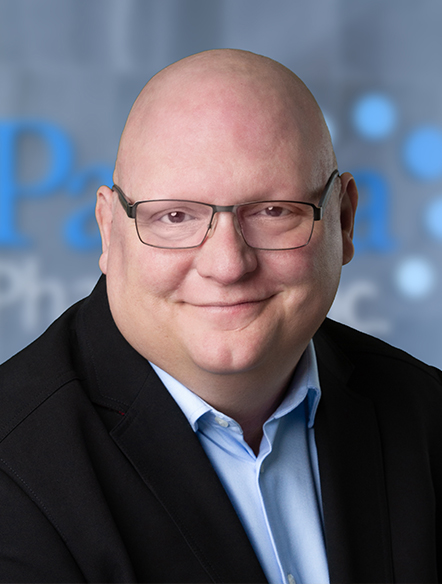
Clint James
Team Members

Mark Reed
